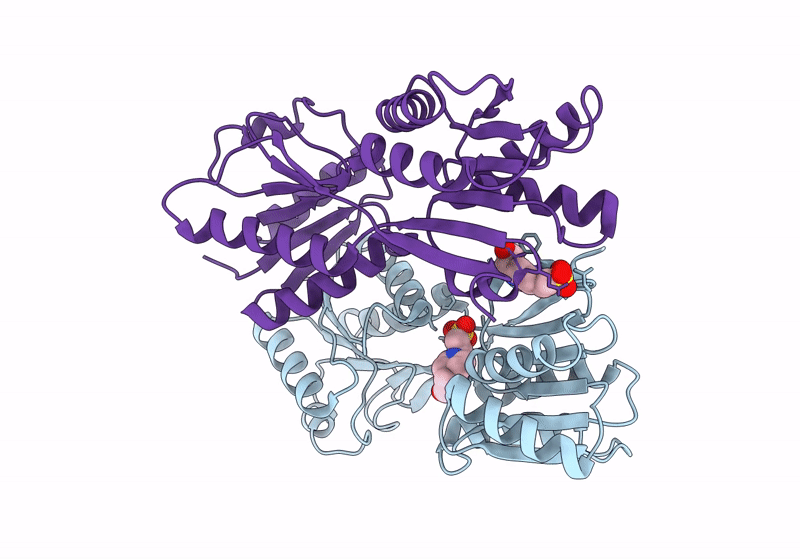
Deposition Date
2023-05-18
Release Date
2024-04-24
Last Version Date
2024-04-24
Entry Detail
PDB ID:
8JFF
Keywords:
Title:
Crystal structure of Catabolite repressor acivator from E. coli in complex with HEPES
Biological Source:
Source Organism:
Escherichia coli 536 (Taxon ID: 362663)
Host Organism:
Method Details:
Experimental Method:
Resolution:
2.89 Å
R-Value Free:
0.28
R-Value Work:
0.22
R-Value Observed:
0.22
Space Group:
P 2 21 21


